
Neanderthals: Shared DNA and Variant Traits
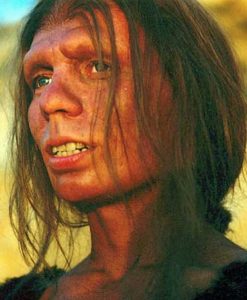
When reviewing my DNA test results from 23andMe, the “Neanderthal Ancestry” section states “We’ve identified 272 genetic variants that can be traced to the Neanderthals, ancient humans who interbred with modern humans before going extinct 40,000 years ago – this is less than 54% of 23andMe customers and your DNA accounts for less than 4% of your overall DNA”. So, I immediately furrowed my (Neanderthal) brow, joined the 23andMe discussion forum and searched for more answers on what this DNA result actually meant. Upon reading my DNA results and the related White Paper 23-05 “Neanderthal Ancestry Inference”, some of the discussions on the topic, and further research on the Wikipedia.org: Neanderthal page, I found a wealth of information.
Neanderthal DNA
Human evolution links present-day humans and our closest evolutionary relatives, the now extinct Homo neanderthalensis, or Neanderthals by using new DNA techniques to extract hidden DNA clues from fragments of Neanderthal bones. 23andMe claims that their customers with Neanderthal variants have a direct Neanderthal ancestor – a grandparent to the 2,000th degree, and that we may have inherited some of our traits and behaviors from them.
The 23andMe White Paper suggests that one of the most debated aspects of our evolution rests on an ongoing debate about how much Neanderthals and modern humans interbred during the tens of thousands of years that we cohabited Europe and Western Asia. Research discovered that this interbreeding did in fact occur and that 1-4% of the genomes of all modern humans outside of Africa are of Neanderthal origin. Subsequent research identified specific Neanderthal-derived variants that were likely introduced into modern humans. So, the observation of these variants in a living individual indicates the presence of DNA that came from Neanderthals. 23andMe scientists then leveraged these findings with the results of their customers and identified physical traits associated with those variants that are likely to have entered modern human populations through Neanderthals.
23andMe offers the following brief history of Neanderthals to provide context to their DNA results.
History
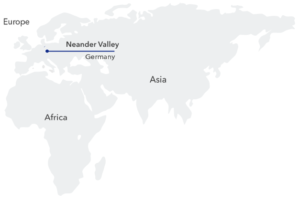
Over the past 150 years, scientists have found bones belonging to an extinct population of ancient humans. These ancient humans are known as Neanderthals and were named after the site where their bones were first identified (Neander Valley, Germany). Neanderthals and modern humans share a common ancestor as well as many morphological and social traits, but differed in key respects. Over the past decade, genome sequencing has shed more light on the Neanderthal and our complicated relationship with them.
600,000 Years Ago
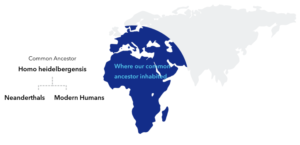
Neanderthals and Modern Humans Share a Common Ancestor
The common ancestor of modern humans and Neanderthals is thought to be an extinct hominin named Homo heidelbergensis. The species inhabited much of Africa, Europe and probably Asia from at least 700,000 years ago until about 200,000 years ago.
300,000 Years Ago
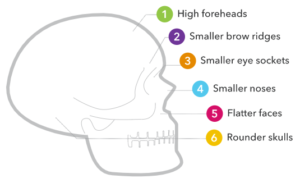
Modern Humans Evolve Within Africa
Homo heidelbergensis continued to evolve in Africa, eventually becoming anatomically-modern humans. The oldest remains that can be ascribed to anatomically-modern humans come from a site named Jebel Irhoud in Morocco that dates to 300,000 years ago.
200,000 Years Ago
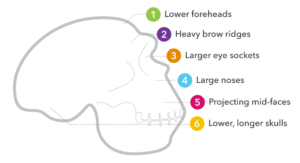
Neanderthals Evolve Outside of Africa
By about 200,000 years ago, the European branch of the Homo heidelbergensis population had evolved into what we refer to as Neanderthals. Contrary to the popular “caveman” stereotype, Neanderthals were a lot like modern humans and exhibited complex social behaviors. The most distinctive characteristics of Neanderthal remains are their wide, robust bodies, relatively short limbs, and projecting mid-faces.
60,000 Years Ago
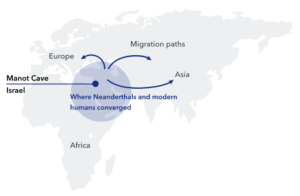
Neanderthals and Modern Humans Converge
Around 60,000 years ago, modern humans started to explore beyond Africa, encountering and interbreeding with their Neanderthal neighbors. Skeletal remains found in the Manot Cave in Israel and elsewhere suggest that these two groups likely interbred in the Middle East or Europe. Their descendants radiated out across Europe, Asia, Australia and eventually the Americas.
Today
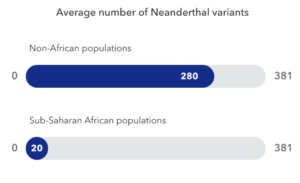
African and Non-African Populations Differ in Their Neanderthal Ancestry
Neanderthal ancestry in present-day populations is largely derived from these ancient migrations and interbreeding events. Non-African populations have Neanderthal ancestry amounting to about 1-2% of their genomes. With few exceptions, Sub-Saharan African populations have virtually no Neanderthal ancestry. Average numbers from the 23andMe database are shown to illustrate this differenc
Neanderthal Variants:
23andMe tests for the following Neanderthal variants: [A] Straight Hair, [B] Less likely to sneeze after eating dark chocolate, [C] Less back hair, and [D] Height. Out of the those Neanderthal variants trait influences, the test identified me as having only [D] one Neanderthal variant associated with my height. Incidentally, I found that to be accurate for the most part. [A] I have curly dark brown hair, not straight hair; [B] I do not sneeze after eating dark chocolate though, as far as I’m aware – and didn’t know that was a thing; [C] Sadly, I do have some back hair which has increased over the years…though, I would classify it as medium to less. [D] I’m of average height…5’11”, so, does that mean that I inherited Neanderthal height traits? Hmm…I guess so.
Given that the Neanderthals came from the Neander Valley in present day Germany and that they never migrated into the African continent, it makes sense that a lower Neanderthal variance contribution would exist in people with predominantly African ancestry.
__________________________________________________________
Family History
Family Births
- On 1704-04-27, Samuel COLEMAN is born in King and Queen, Virginia, United States
- On 1789-04-27, Frances Garnett TWYMAN is born in Madison County, Virginia
Family Deaths
- On 1579-04-27, Phillip JOHNSON dies in London, Middlesex, England (St Giles, Cripplegate, London, England--Burial)
- On 1591-04-27, Thomas ANSCELL dies in Barford, Bedfordshire, , England
- On 1686-04-27, John FLEMING dies in Charles Parish, York, Virginia, United States
- On 1919-04-27, Harriet Newkirk (Hattie) HALL dies in Greensboro, Guilford, North Carolina
- On 1949-04-27, Henry Shaw TWYMAN dies in place unknown
| Paternal Line | Maternal Line | ||
|---|---|---|---|
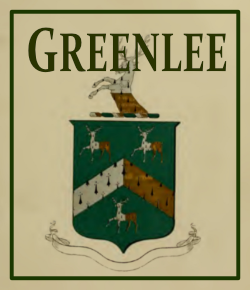 |
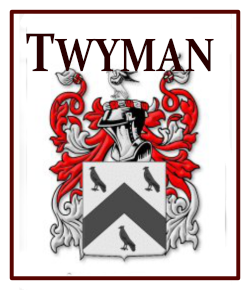 |
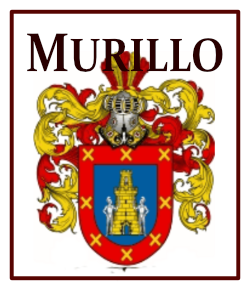 |
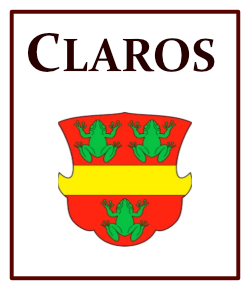 |
Categories
Genealogy
- Genealogy Portal
-
Search genealogical information related to the Greenlee, Murillo, Twyman and Claros families. Please contact us if you think we're related and can help each other in expanding our ancestry trees.
